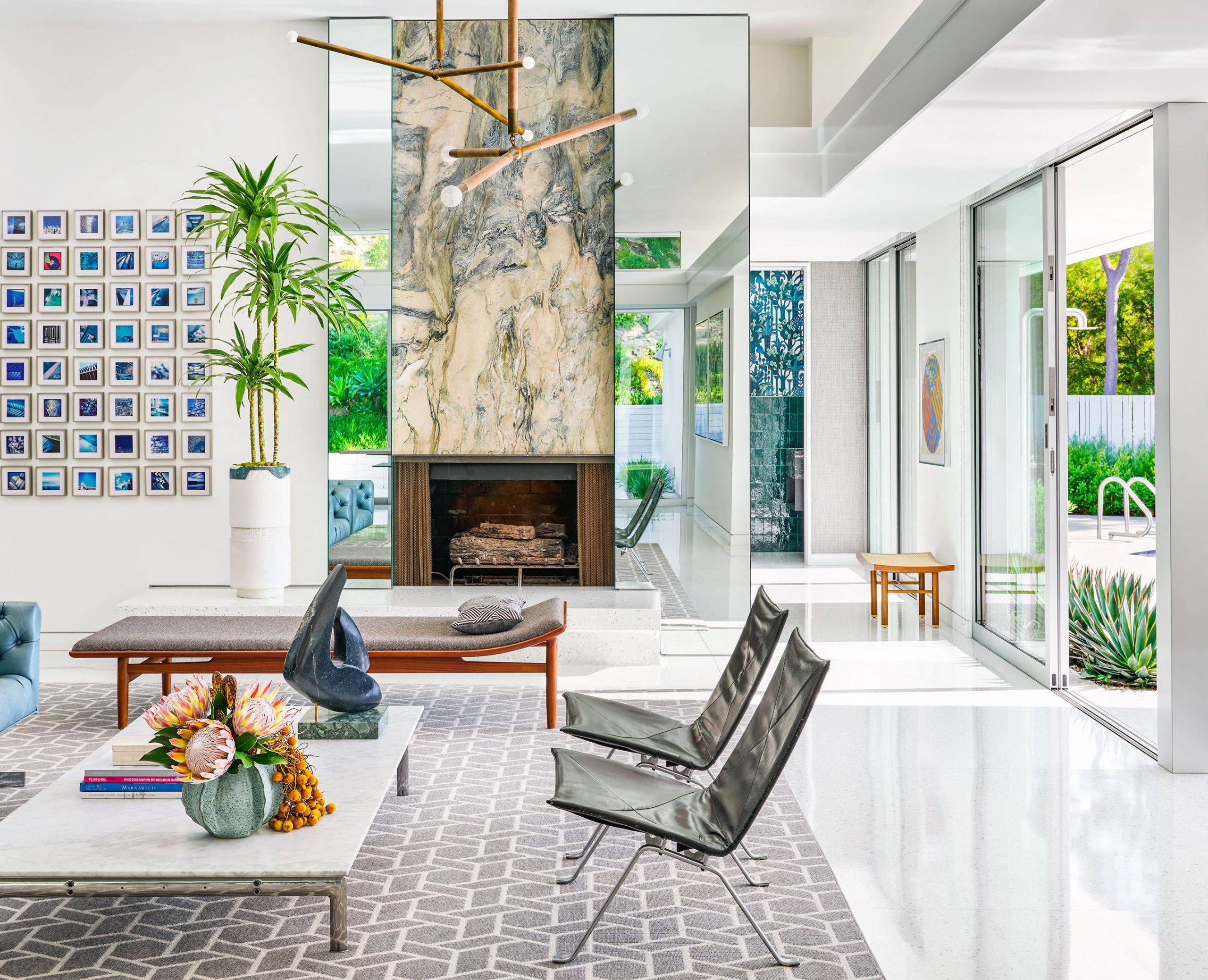Introduction
In recent years, lighting has become much more than a practical necessity; it has evolved into an integral component of home design and interior ambience. From setting the mood for movie nights to waking up gently with sunrise simulation, lighting has become an essential feature in modern lifestyle.
One of the most notable innovations in lighting technology is Hue lighting. Developed by Philips, this system utilizes LED technology to produce millions of colors and shades of white, all controllable with the touch of a button or even voice commands. In this article, we will dive into the world of Hue lighting and explore its uses, benefits, and its integration with smart devices.
What is Hue Lighting?
At its core, Hue lighting consists of LED bulbs and strips that are controllable via an app or voice assistant. They can be customized to produce a wide range of colors, temperatures, and brightness levels, making them perfect for both practical and atmospheric purposes.
But what truly sets Hue lighting apart is its ability to be integrated with smart home devices such as Google Home, Amazon Alexa, and Apple HomeKit. This allows for even greater control and automation, giving homeowners the ability to set up scenes, routines, and triggers that work seamlessly with their daily routines.
Hue Lighting in Action
So, let’s take a look at some practical applications of Hue lighting.
Creating Ambiance
One of the main benefits of Hue lighting is its versatility in creating ambiance. Whether you want a cozy and warm atmosphere for a dinner party or a cool and energetic vibe for a workout session, Hue lighting has got you covered. With a wide range of colors and brightness levels, you can create the perfect environment for any occasion.
Boosting Productivity
Studies have shown that lighting can have a significant impact on productivity and overall well-being. With Hue lighting, you can set up custom lighting schedules, such as gradually increasing light intensity in the morning to mimic sunrise or reducing blue light in the evening to promote better sleep. These subtle adjustments can have a profound impact on our energy levels and help us stay focused and alert throughout the day.
Enhancing Home Security
Another useful application of Hue lighting is its integration with home security systems. By setting up triggers to turn on random lights when you’re away, you can create the illusion that someone is still home, deterring potential burglars. You can also create custom routines that match your daily schedule and automatically turn on lights at predetermined times, giving the appearance of a lived-in home.
The Future of Hue Lighting
As Hue lighting becomes more popular and widely used, we can expect to see even more advanced features and integrations. With the advent of 5G and IoT devices, we may soon see even more seamless automation and control over our home environments.
Hue Lighting and IoT Devices
One of the most intriguing aspects of Hue lighting is its ability to interact with IoT devices. For example, with the right setup, you can have your lights automatically turn on when you enter a room or even when your fitness tracker detects that you’re awake in the morning. The possibilities are endless, and we can expect to see even more integrations and automation in the near future.
Hue Lighting and Smart Health
In addition to its practical applications, Hue lighting may also have benefits for our physical and mental health. As we mentioned earlier, lighting can have a significant impact on our circadian rhythms and energy levels. By leveraging this technology, we may be able to optimize our home environments for better sleep, energy, and overall well-being.

